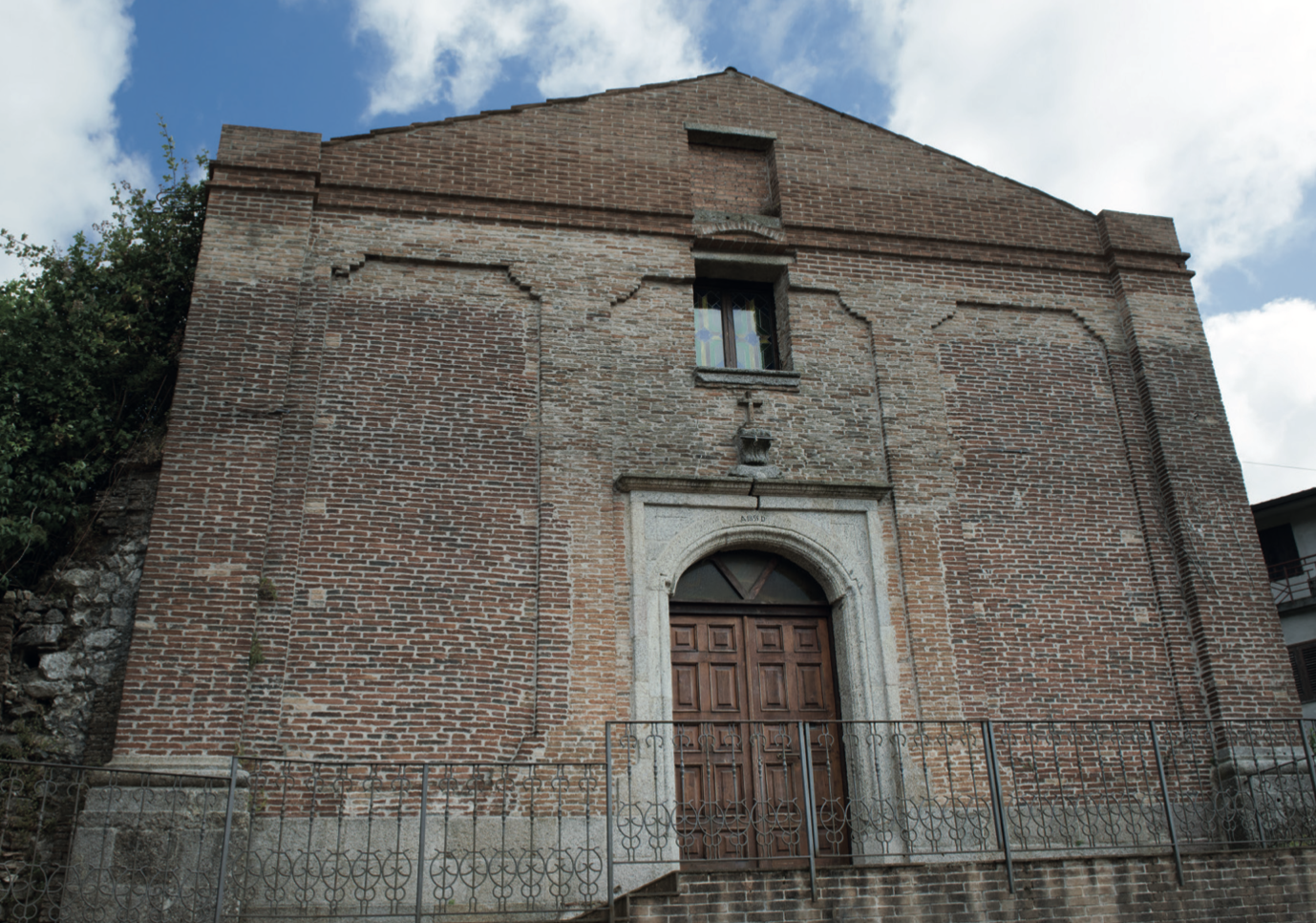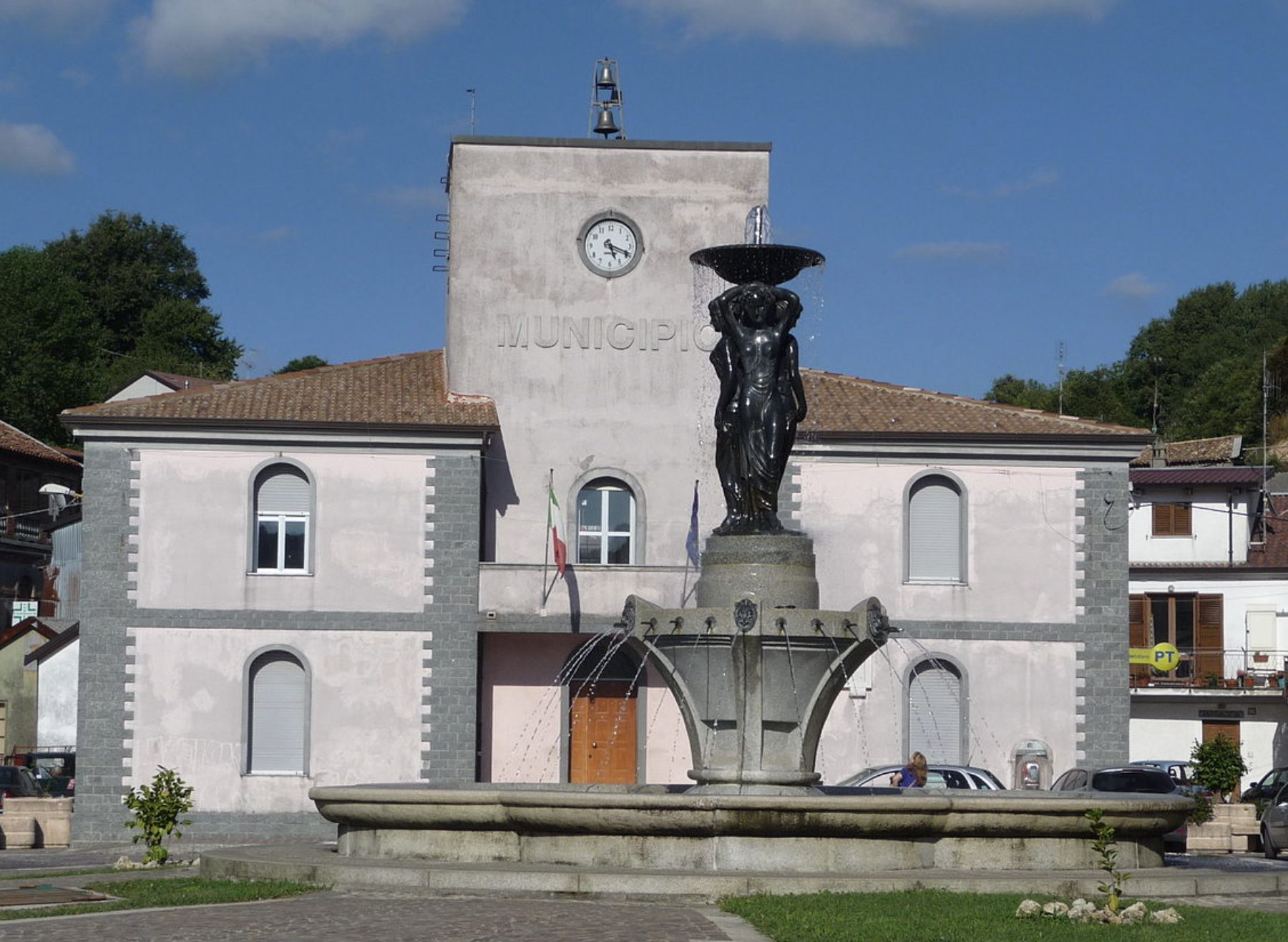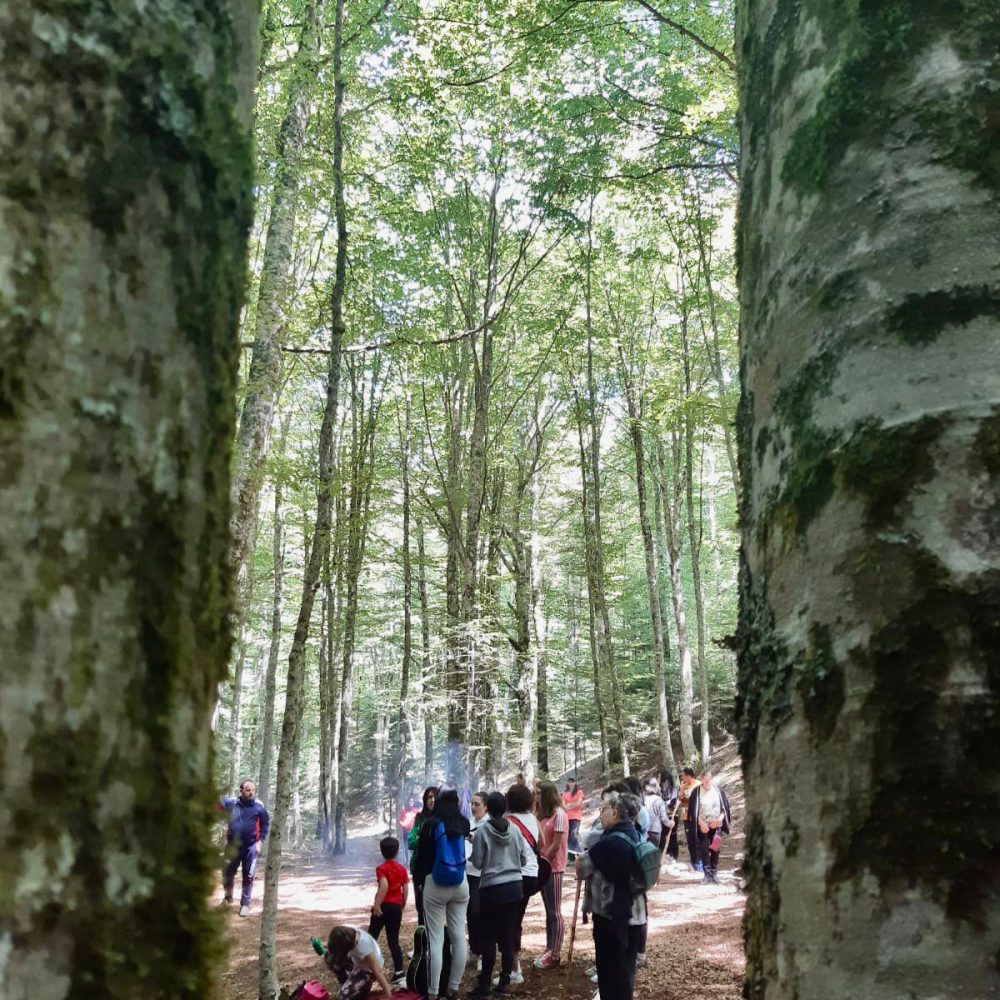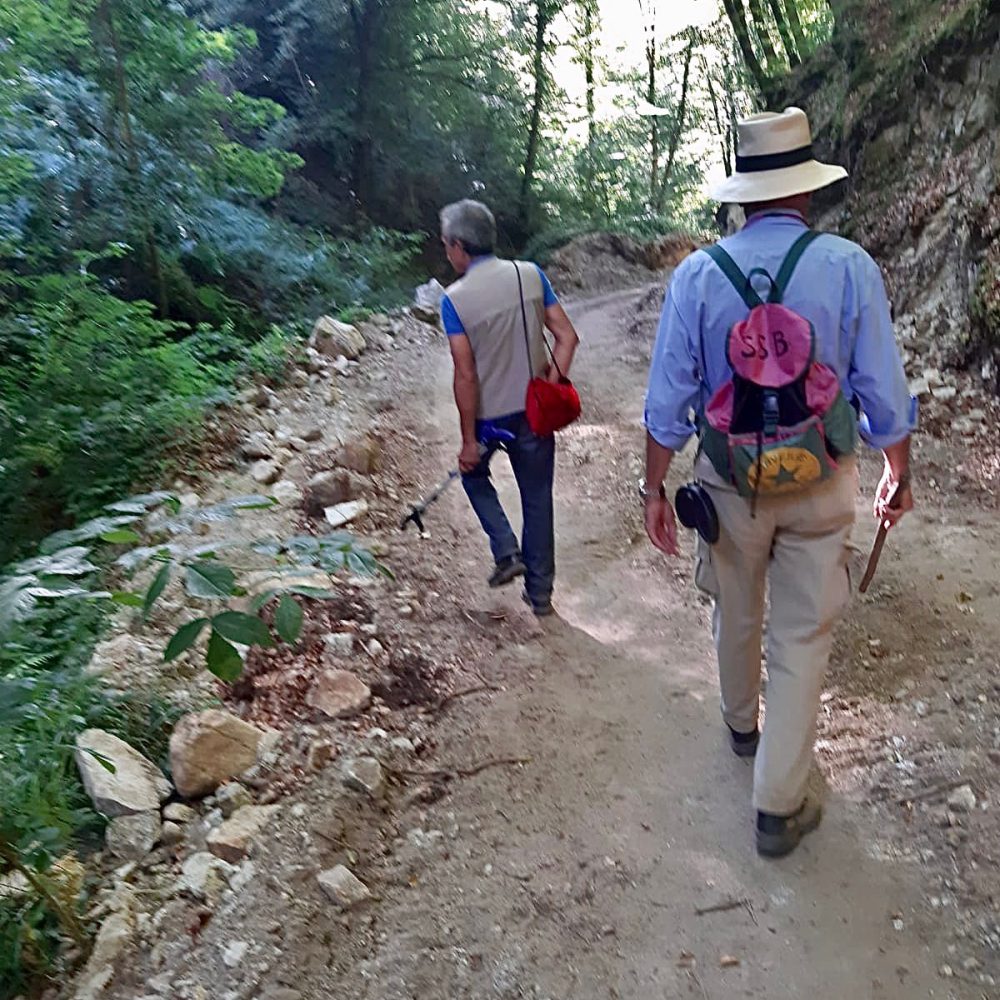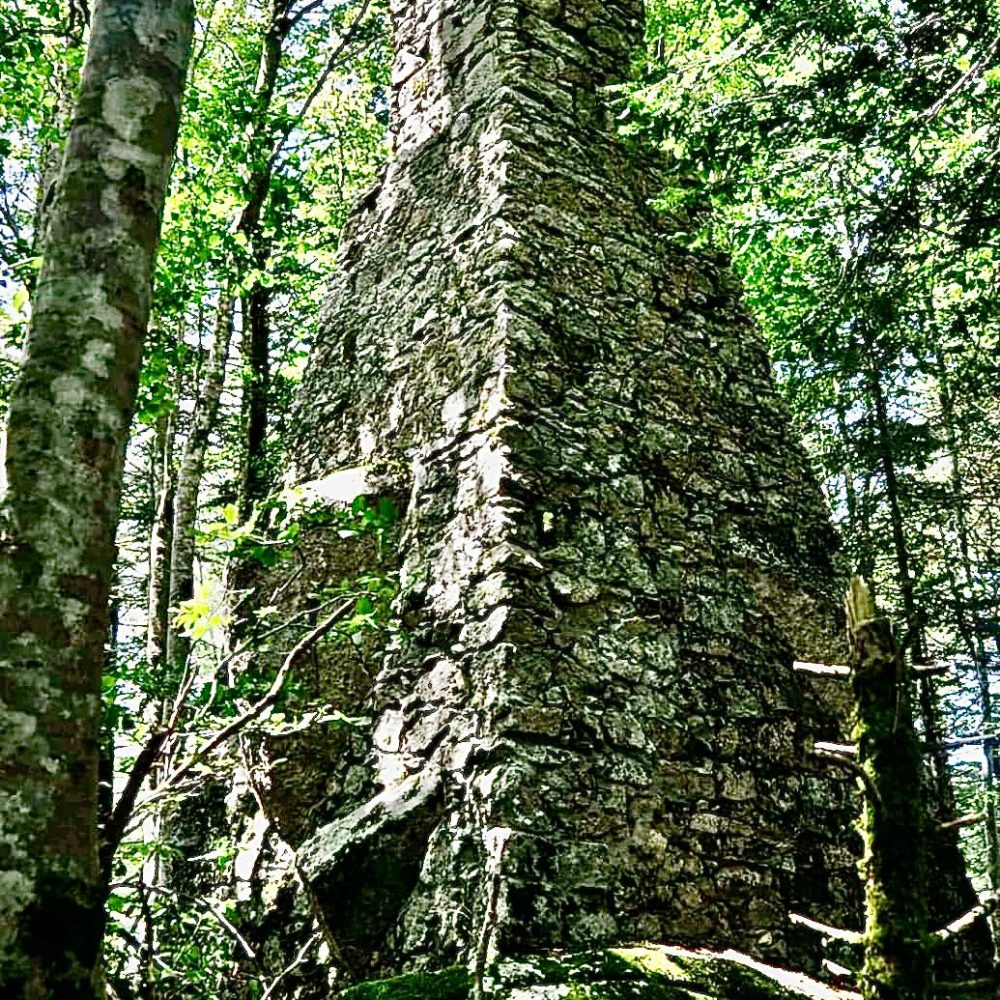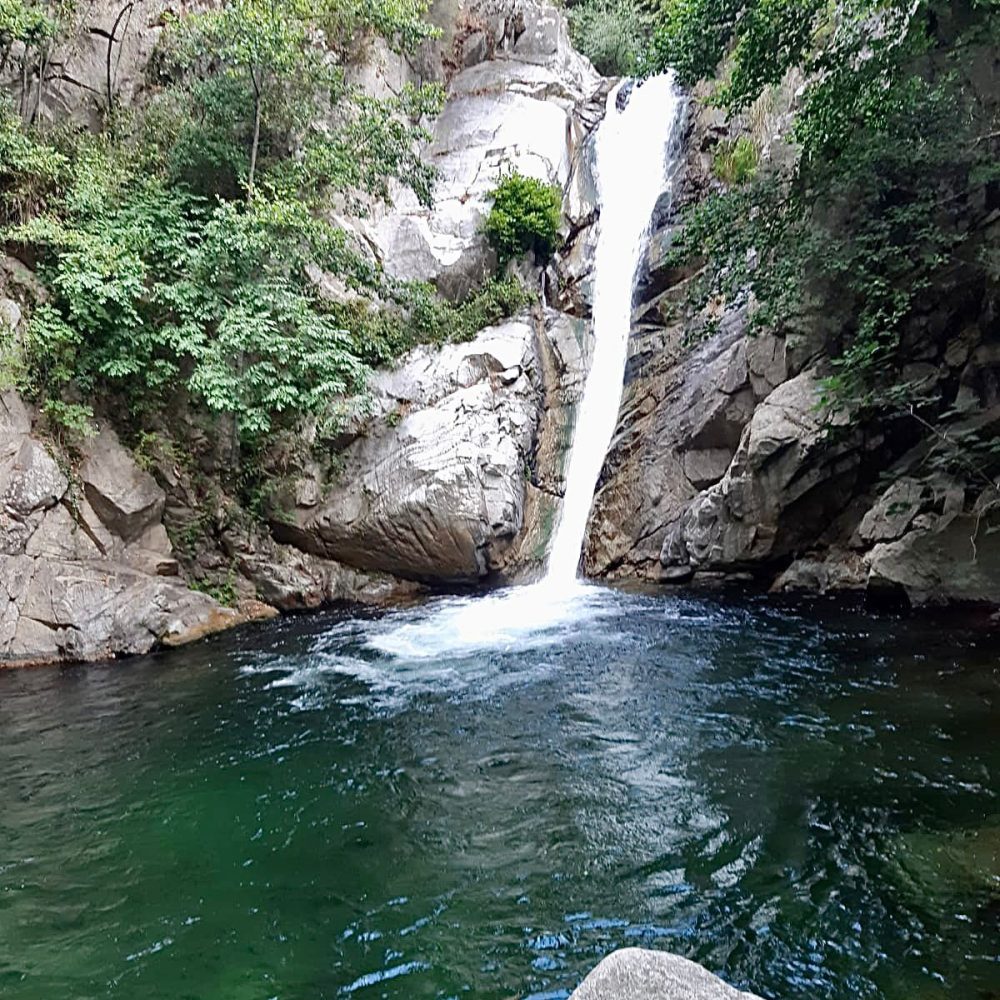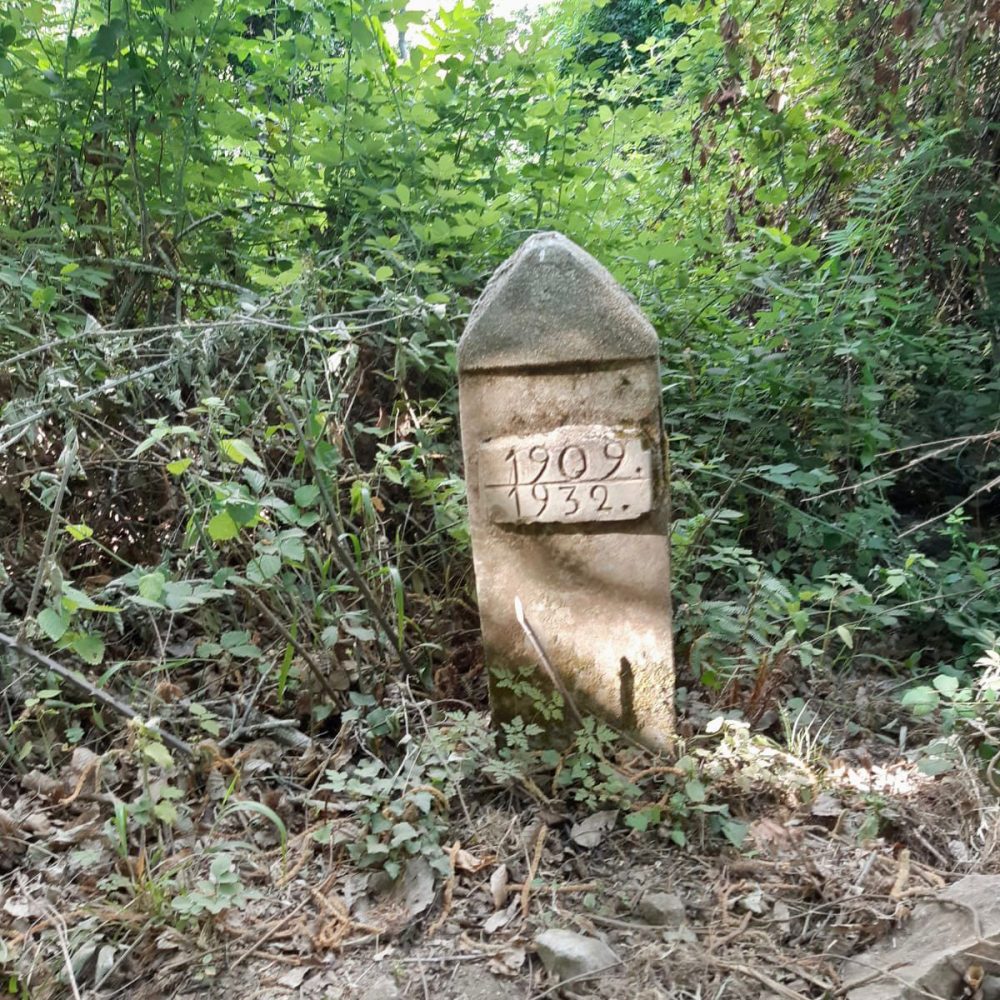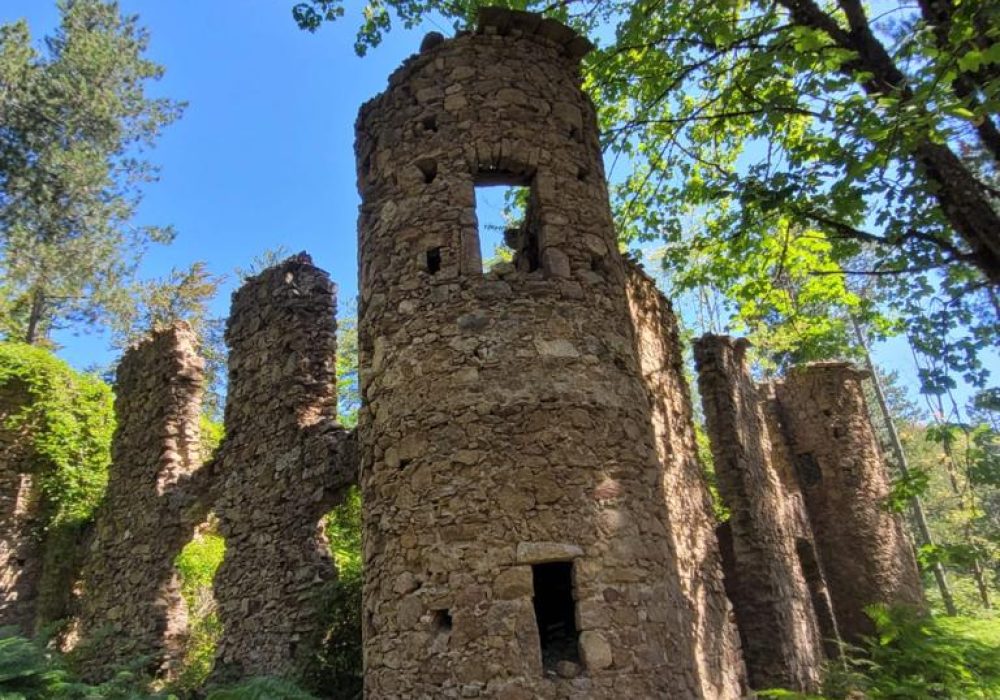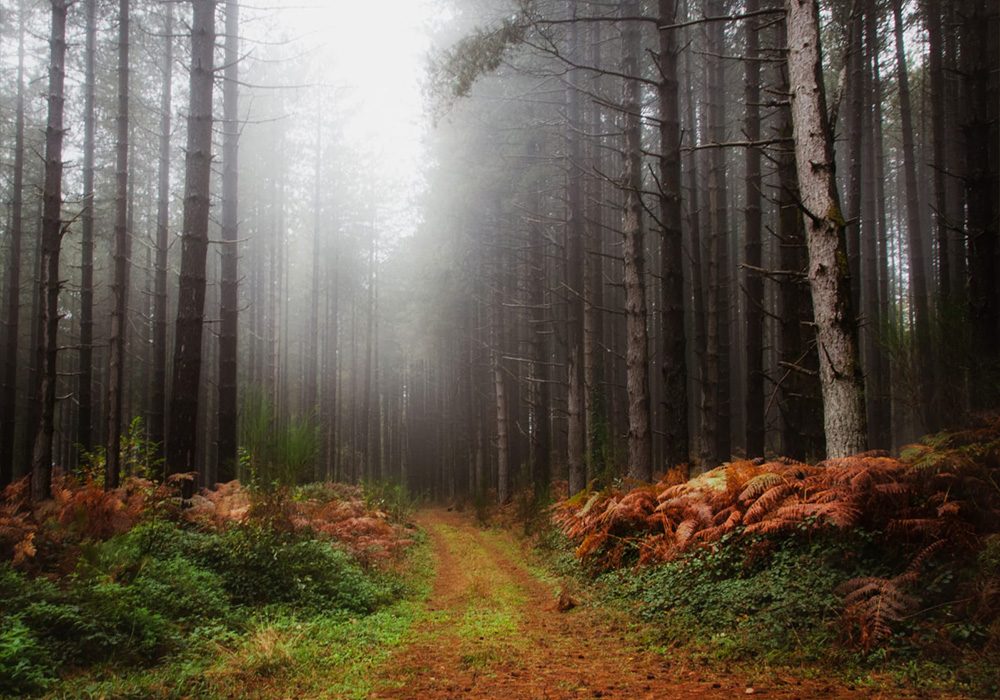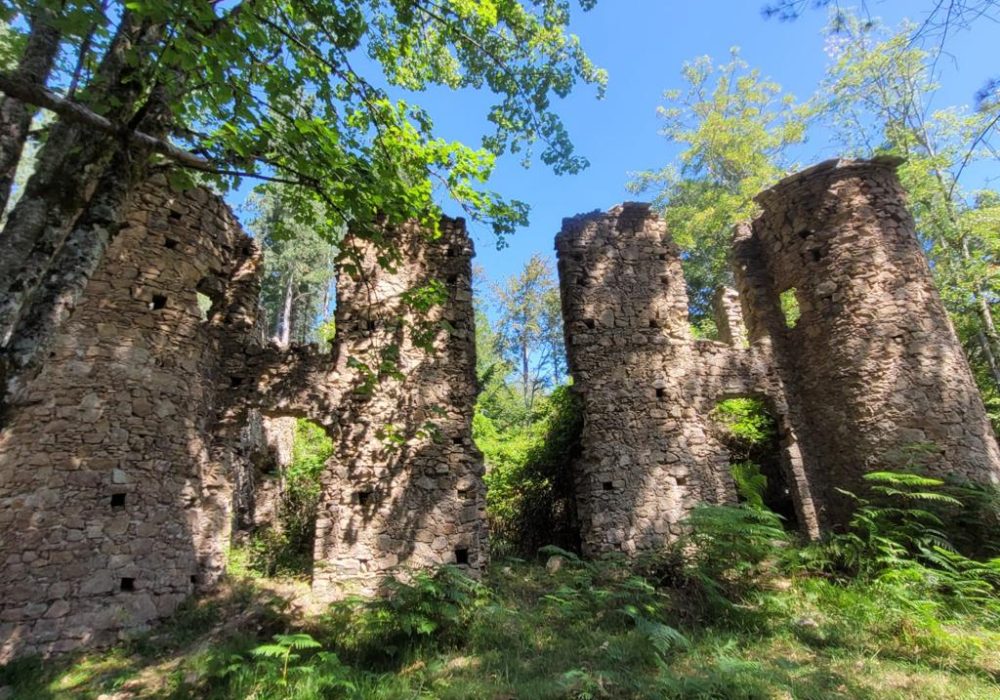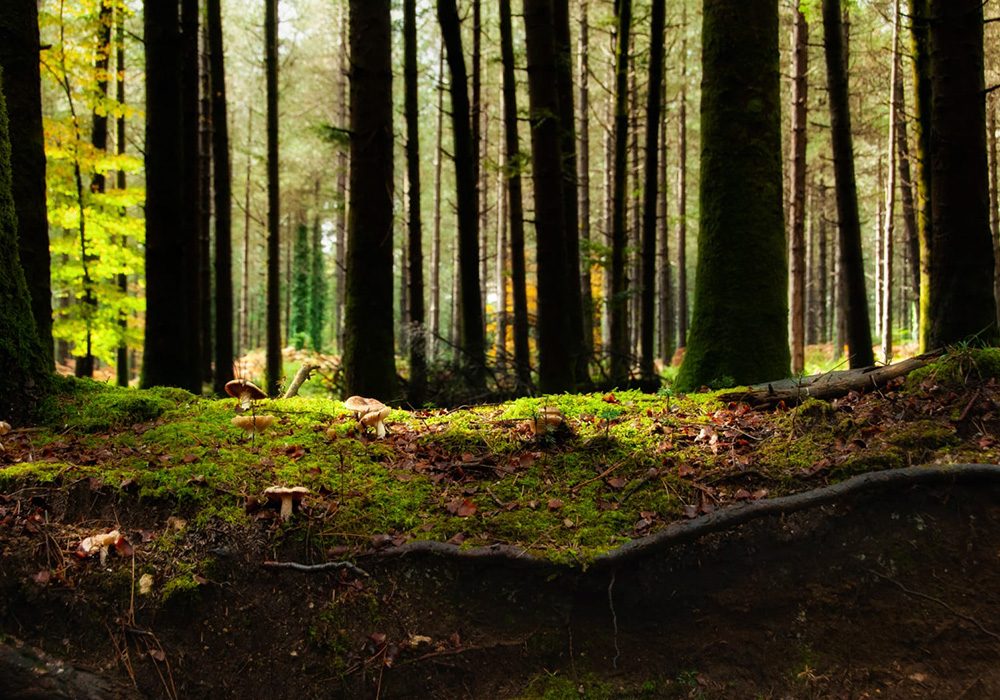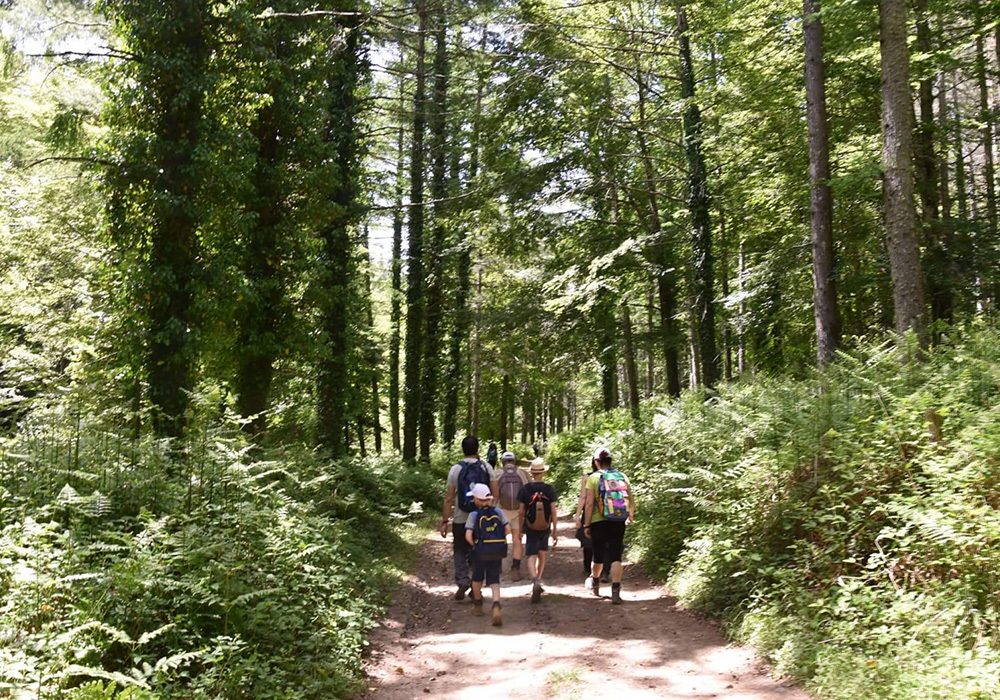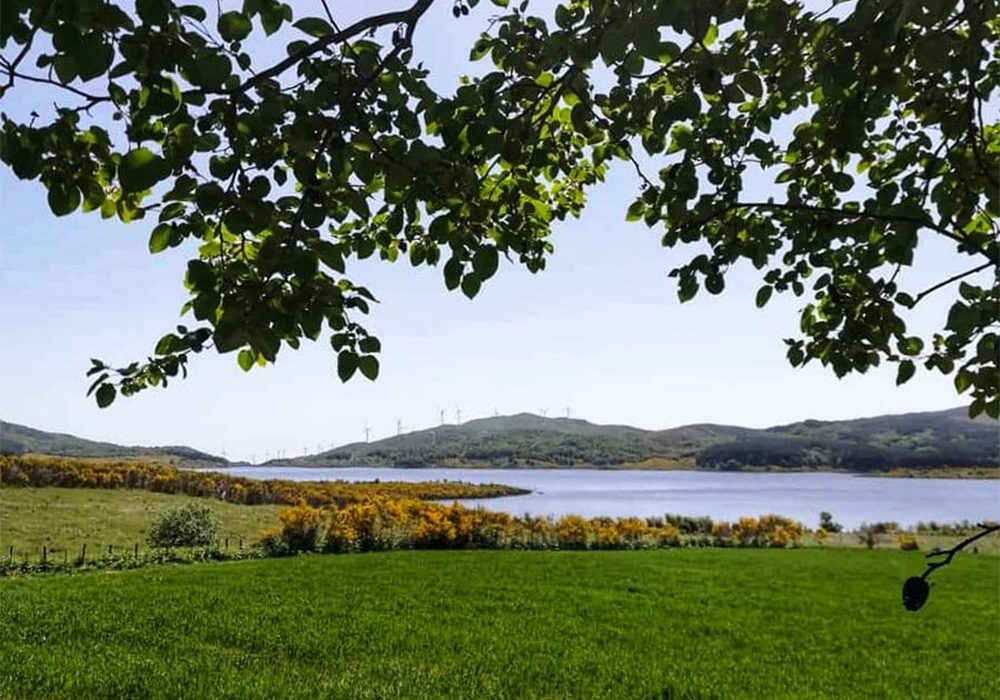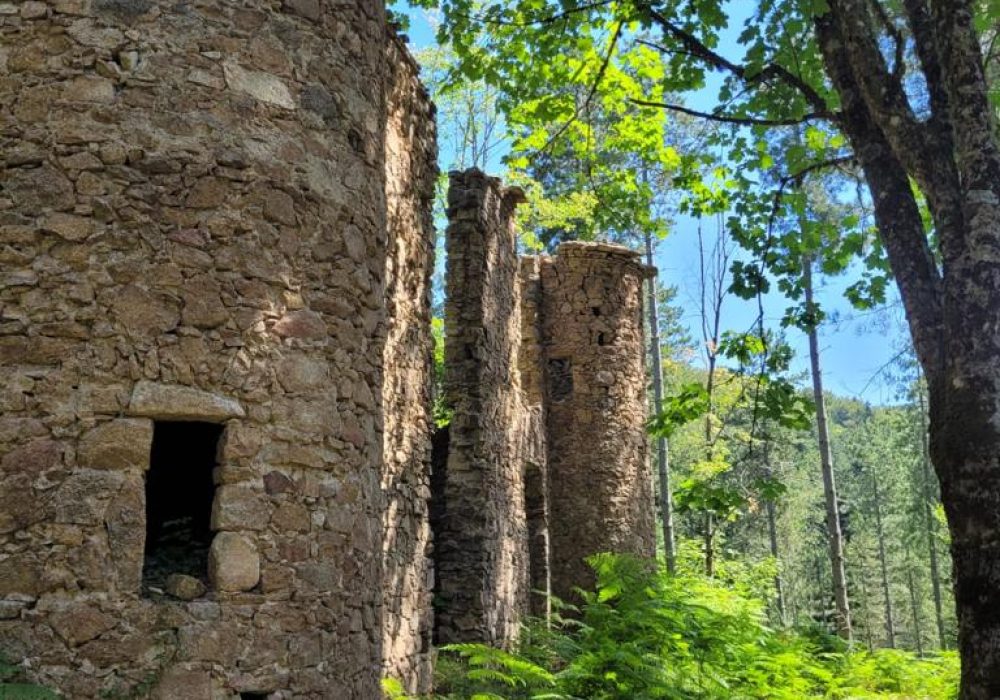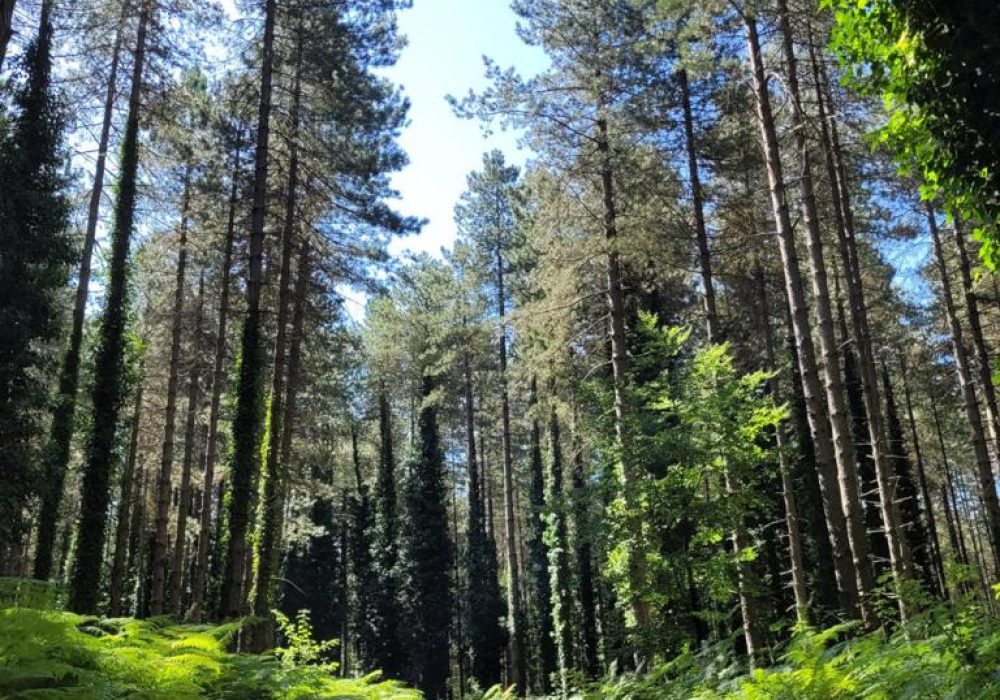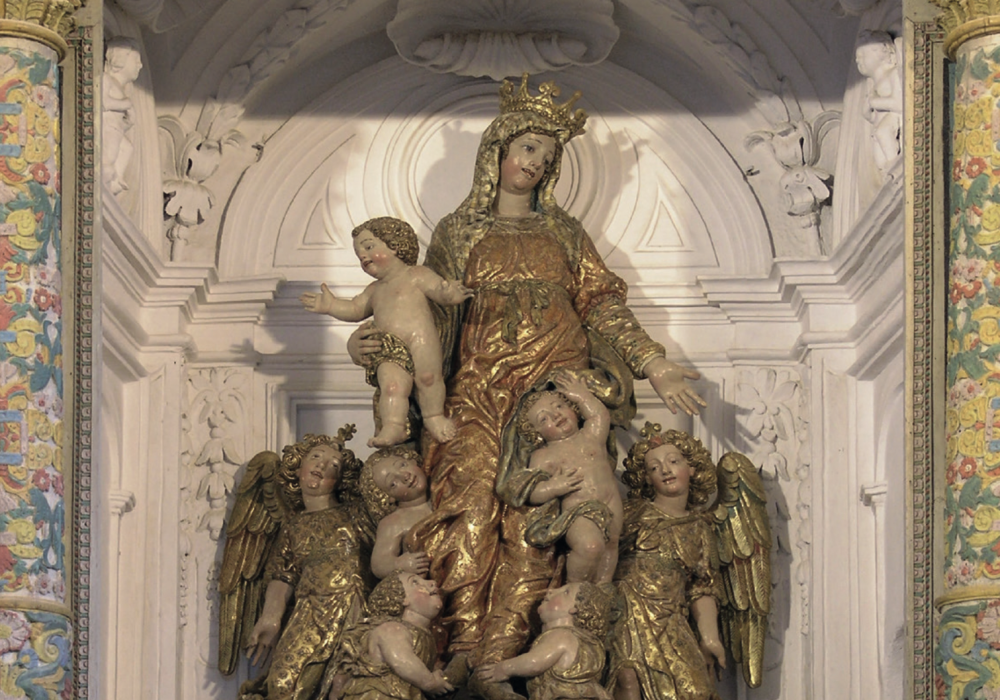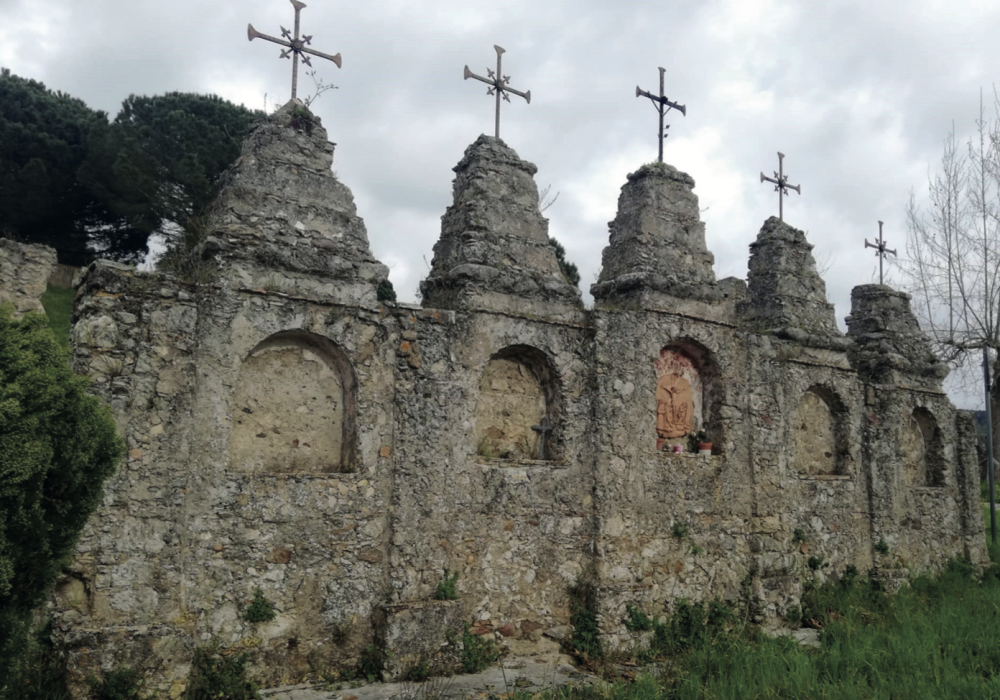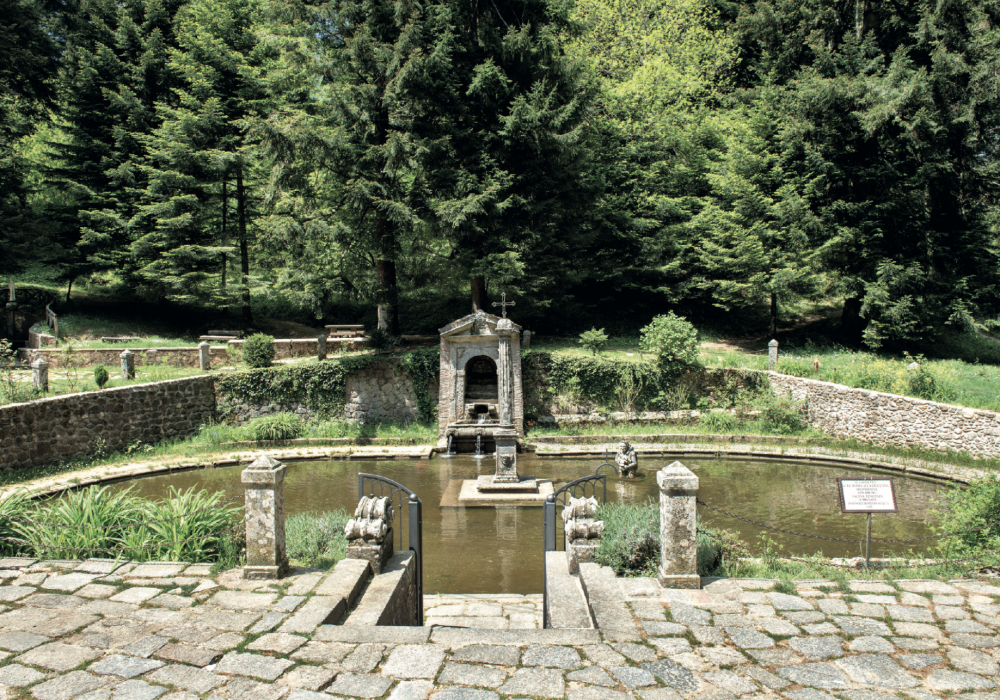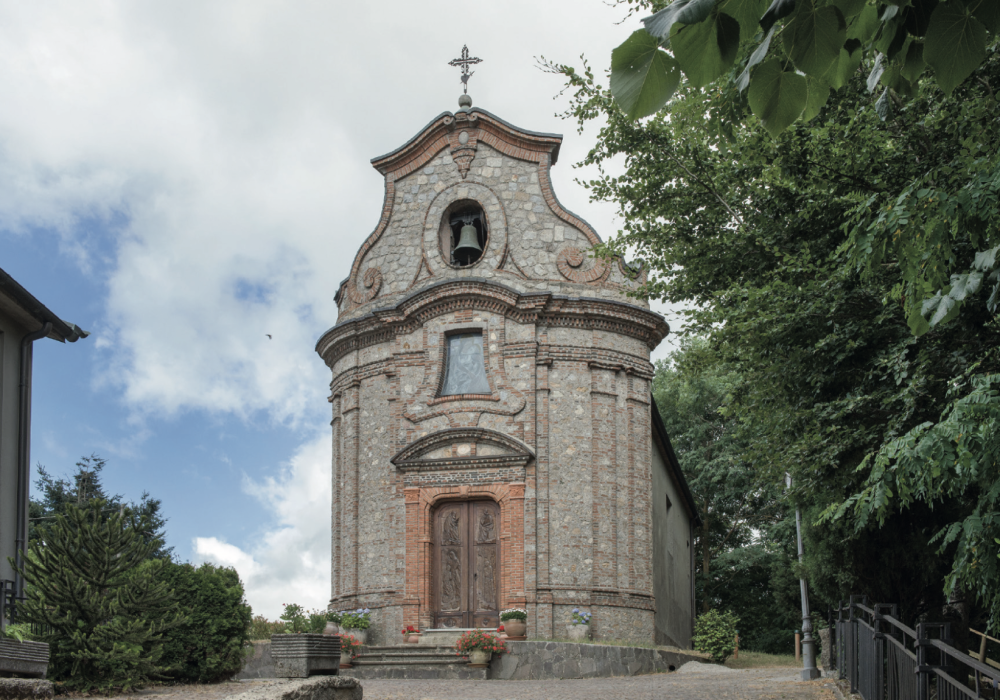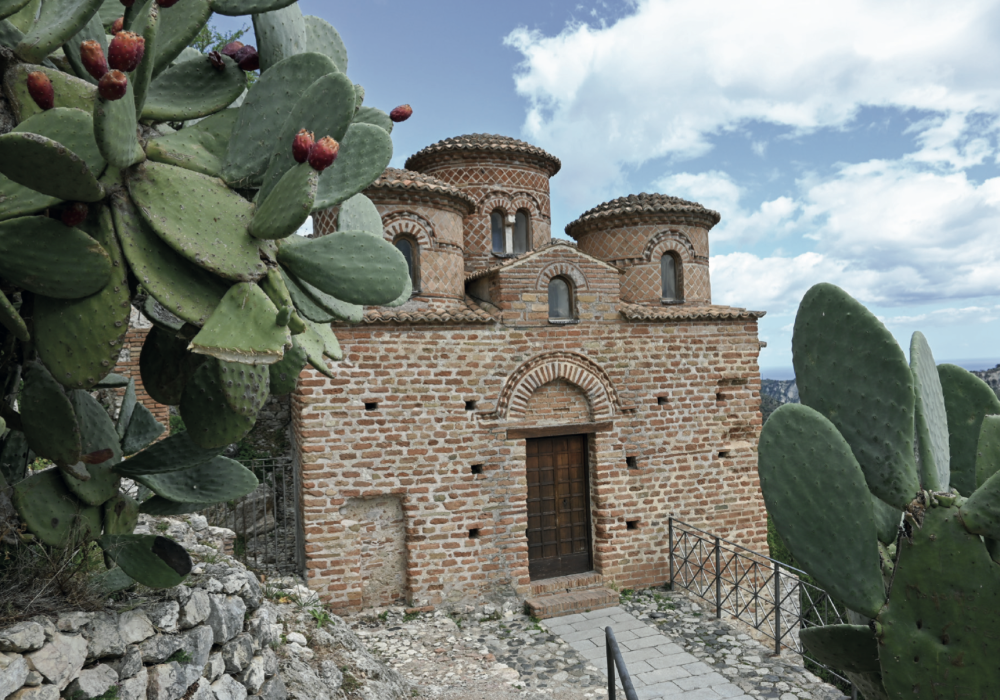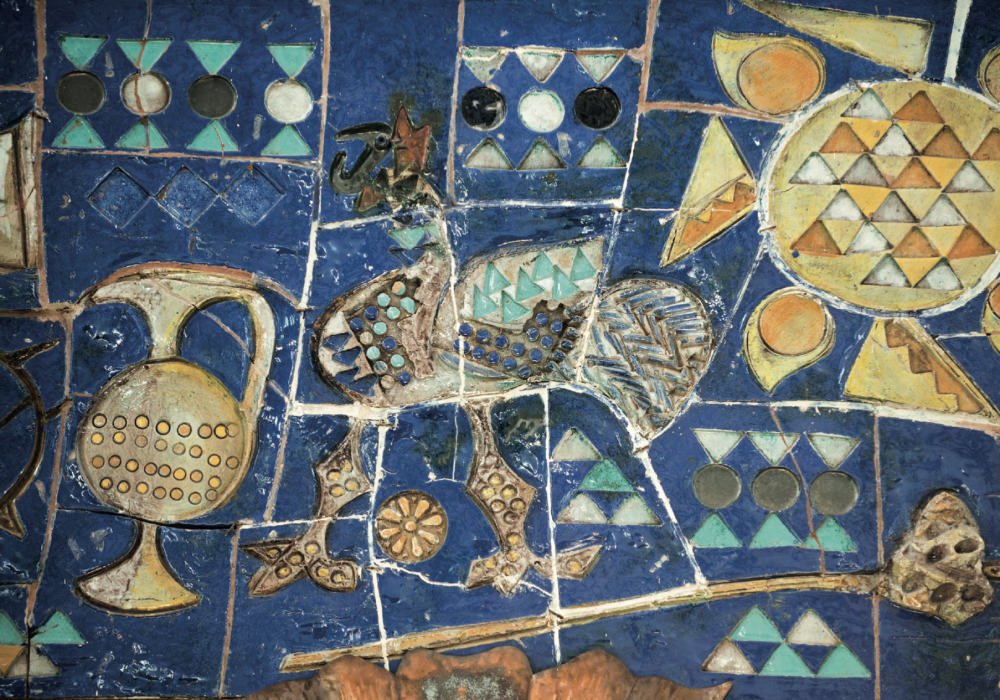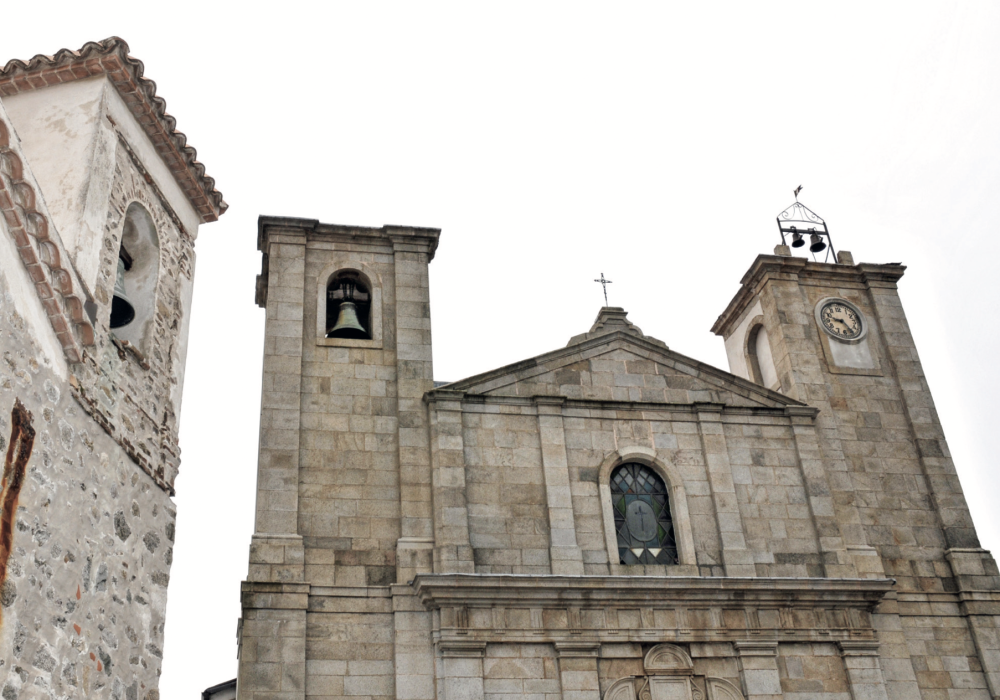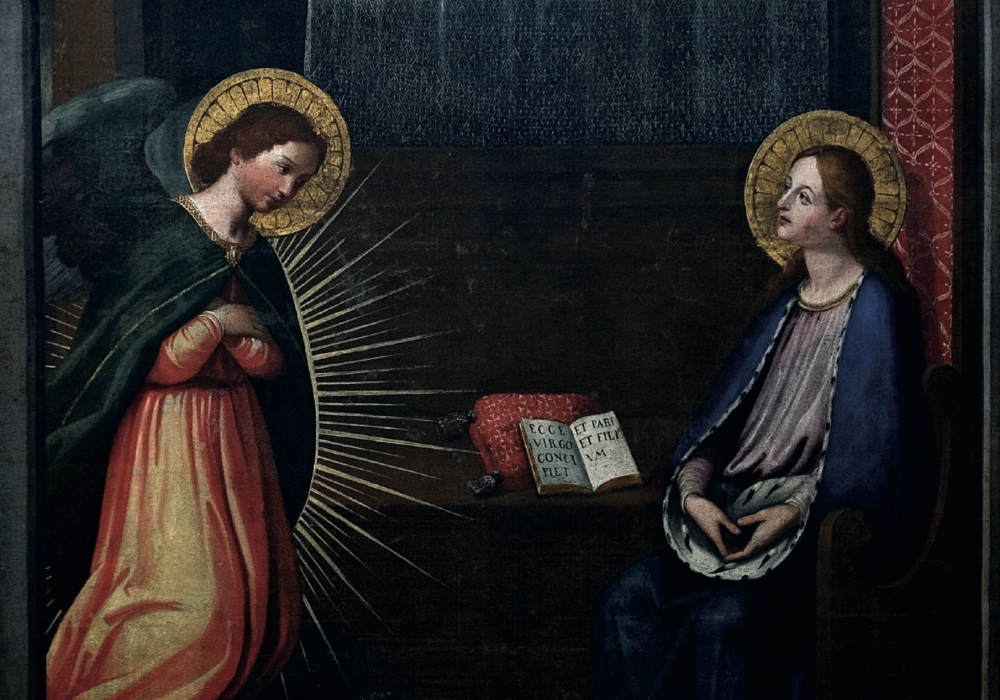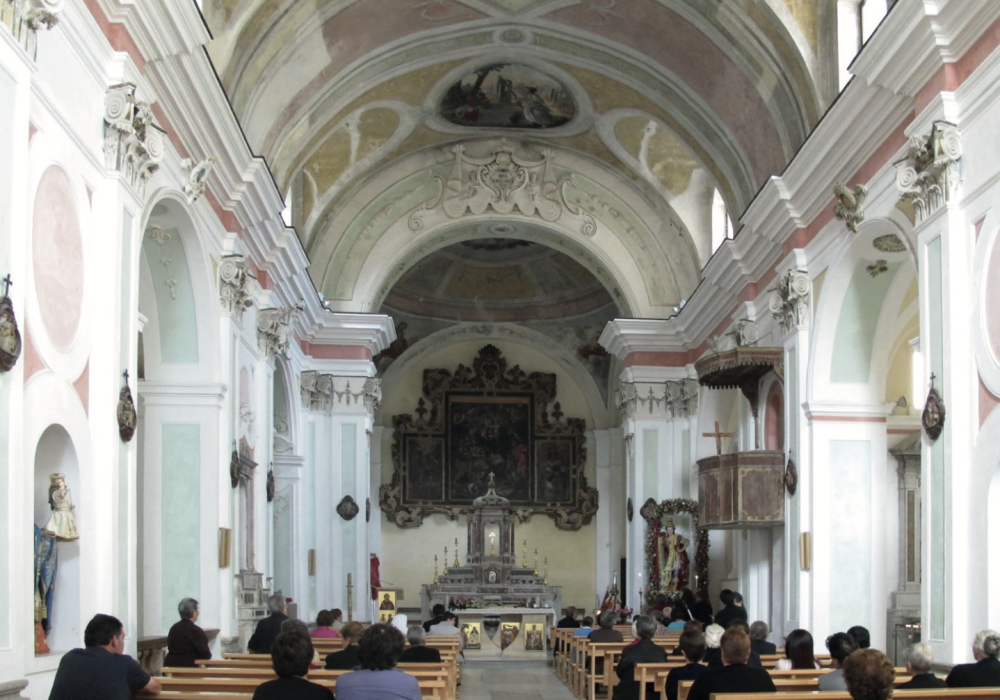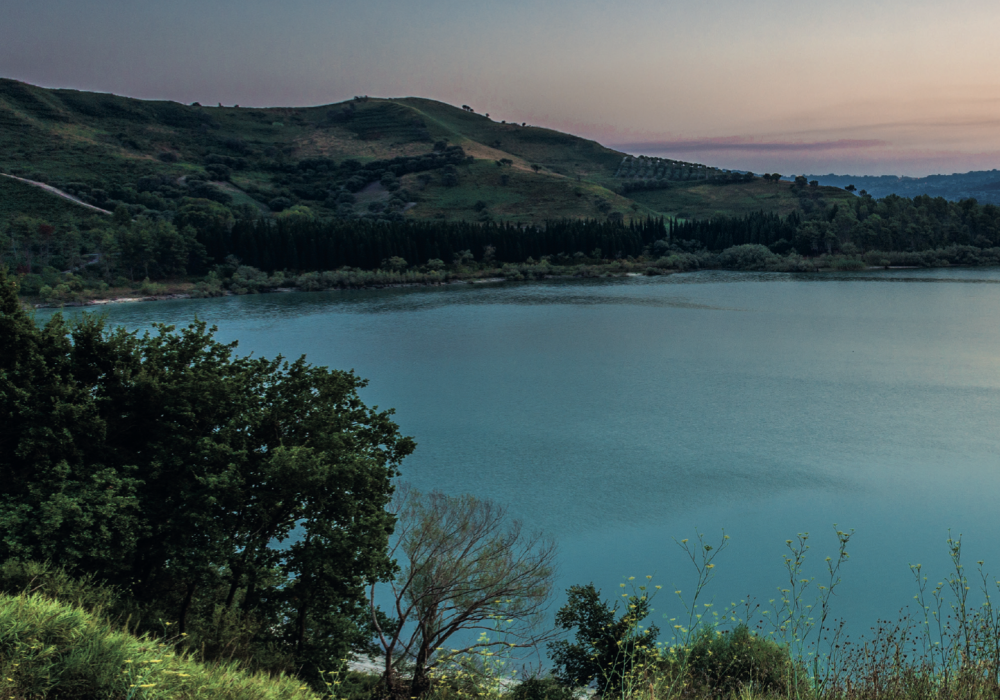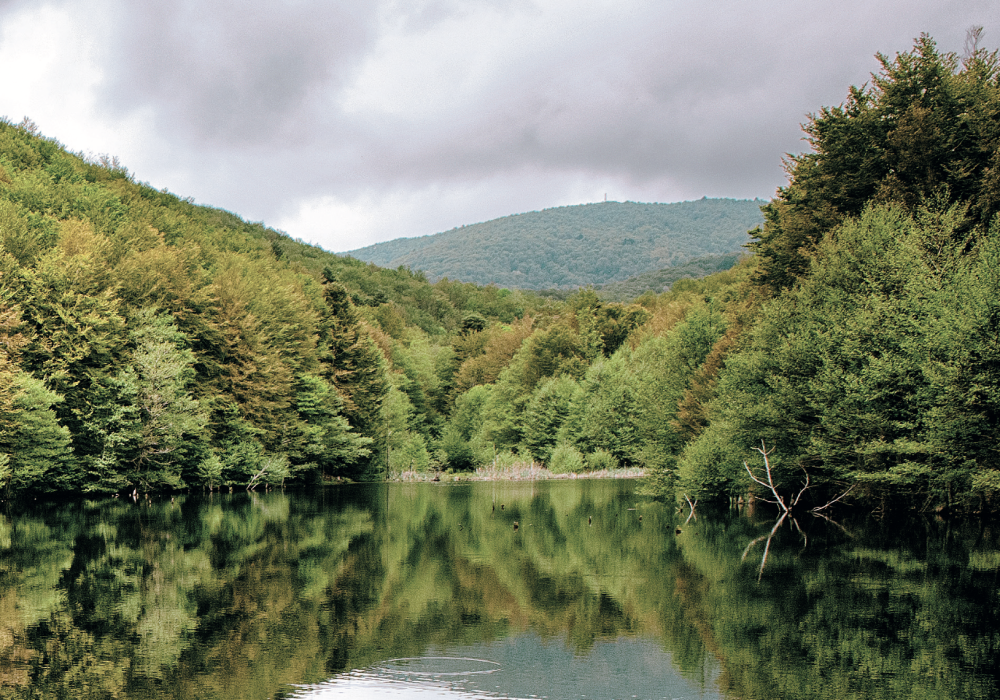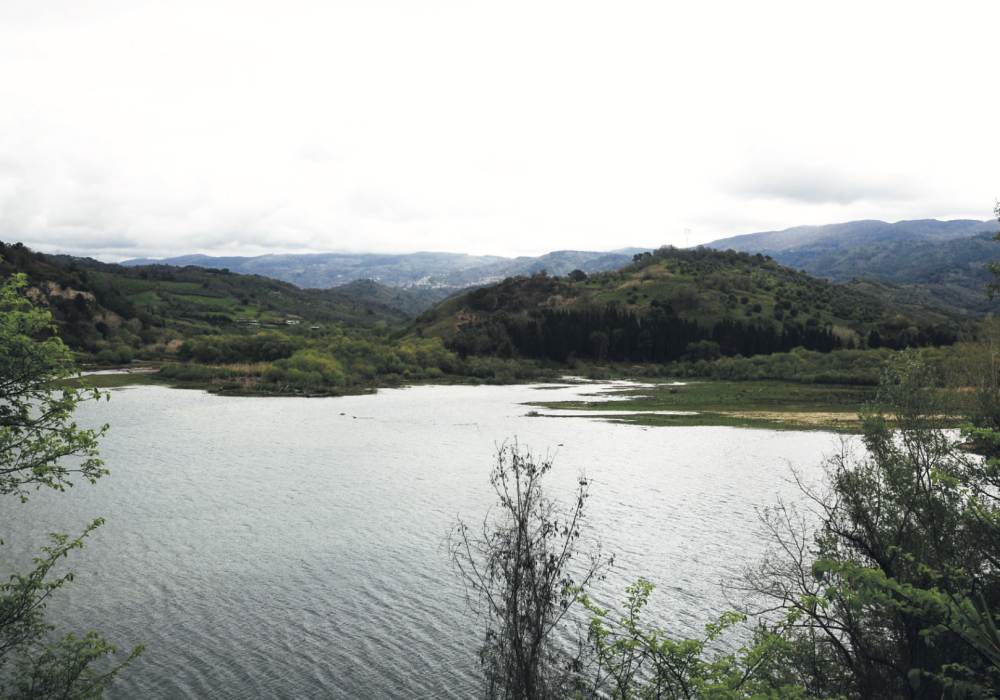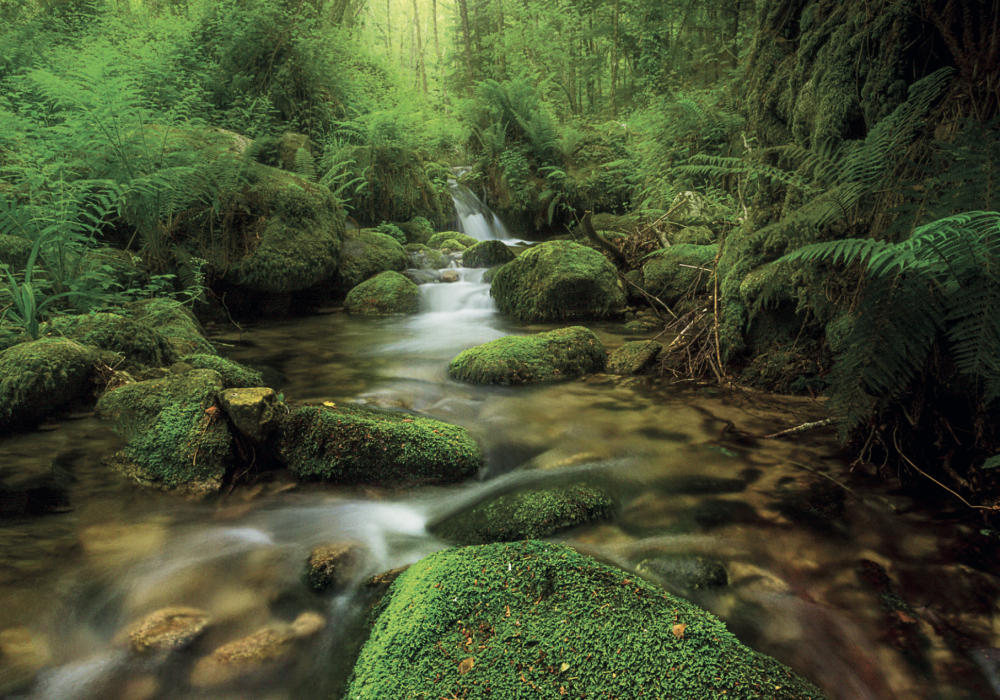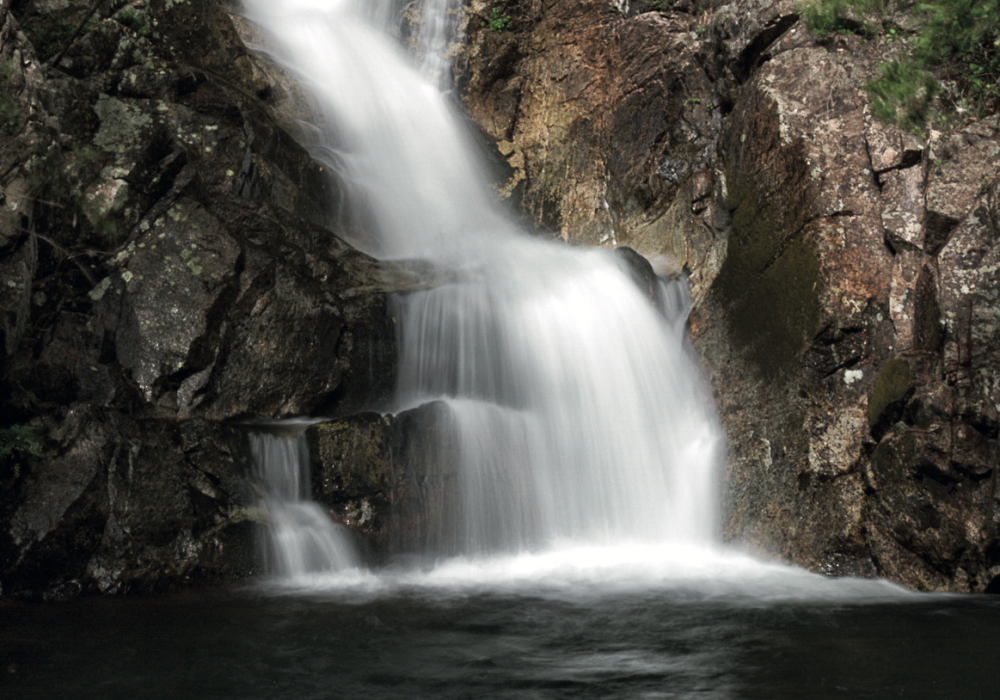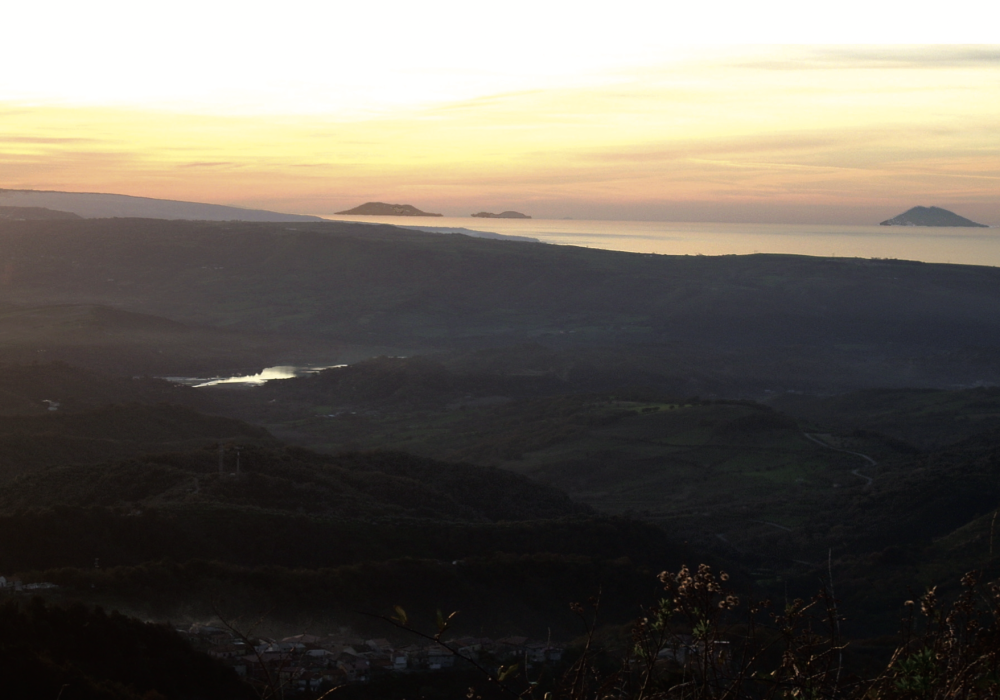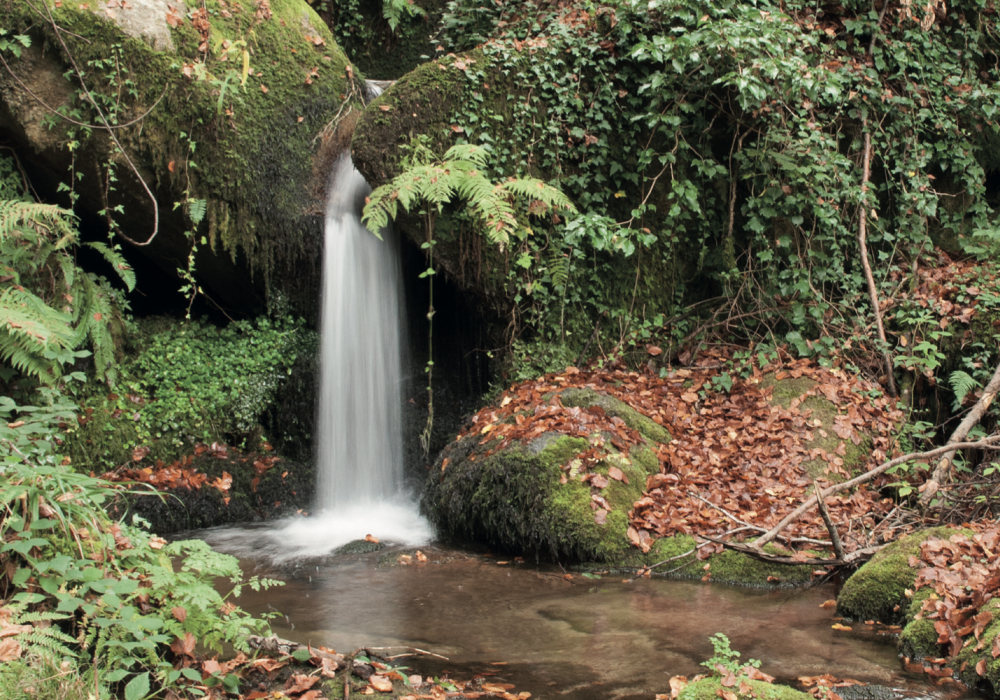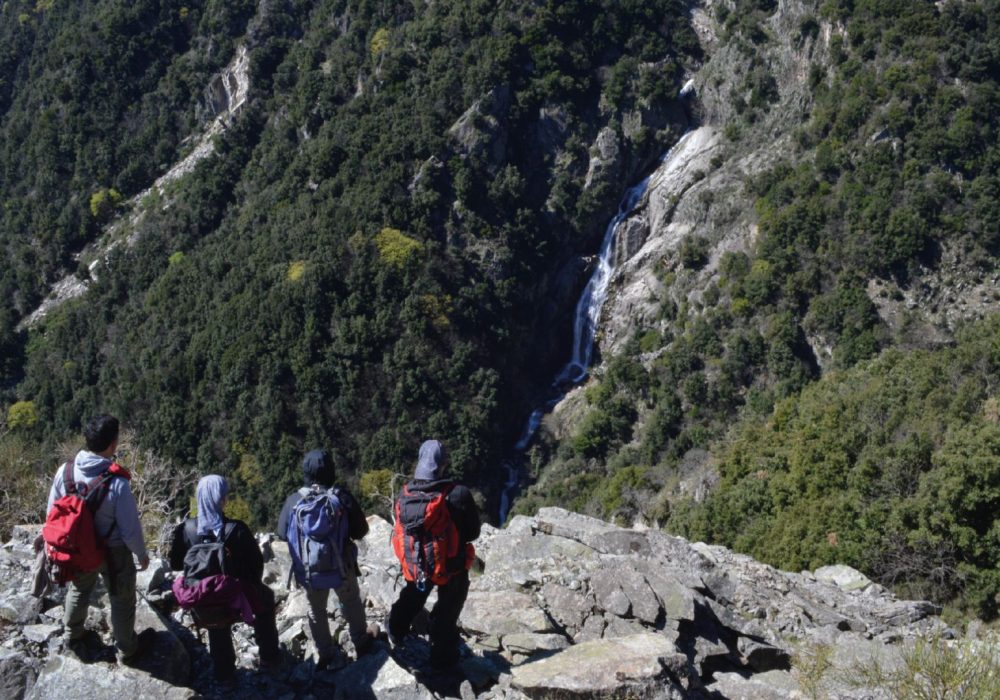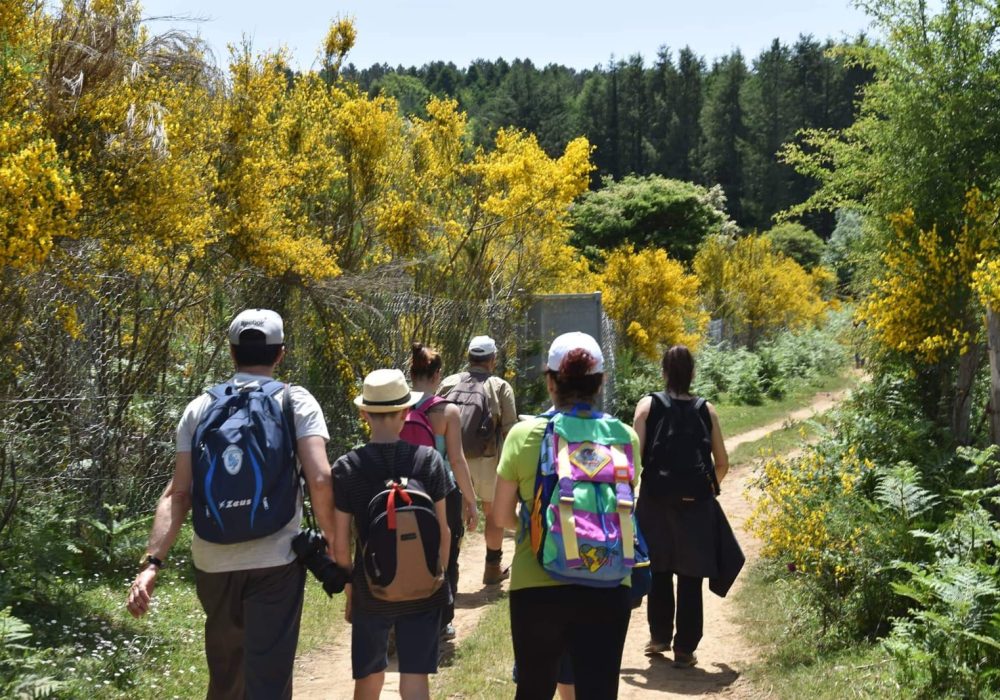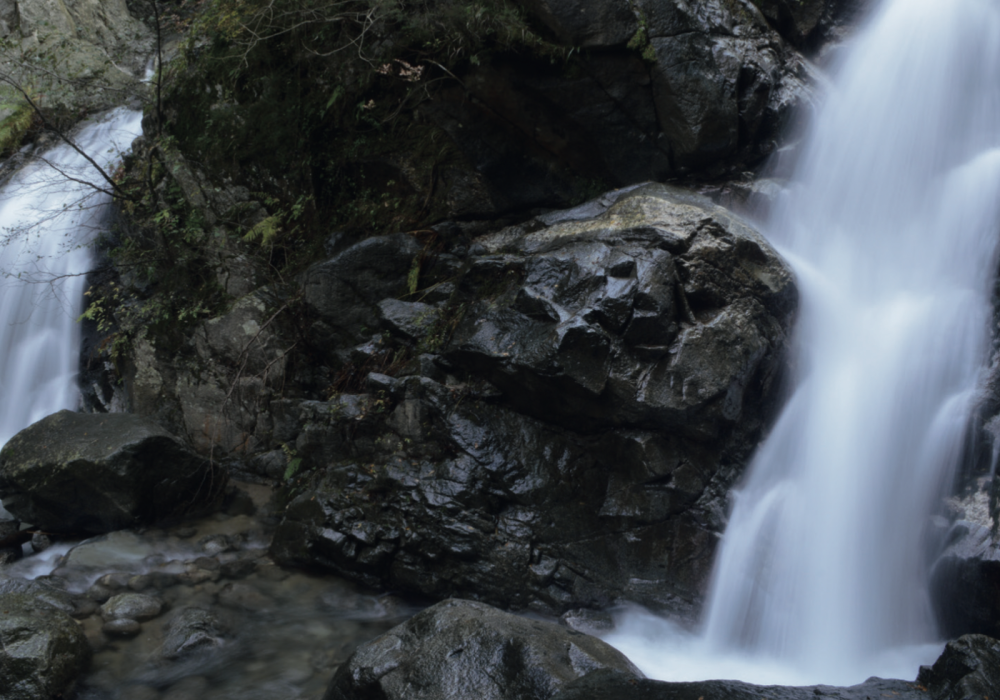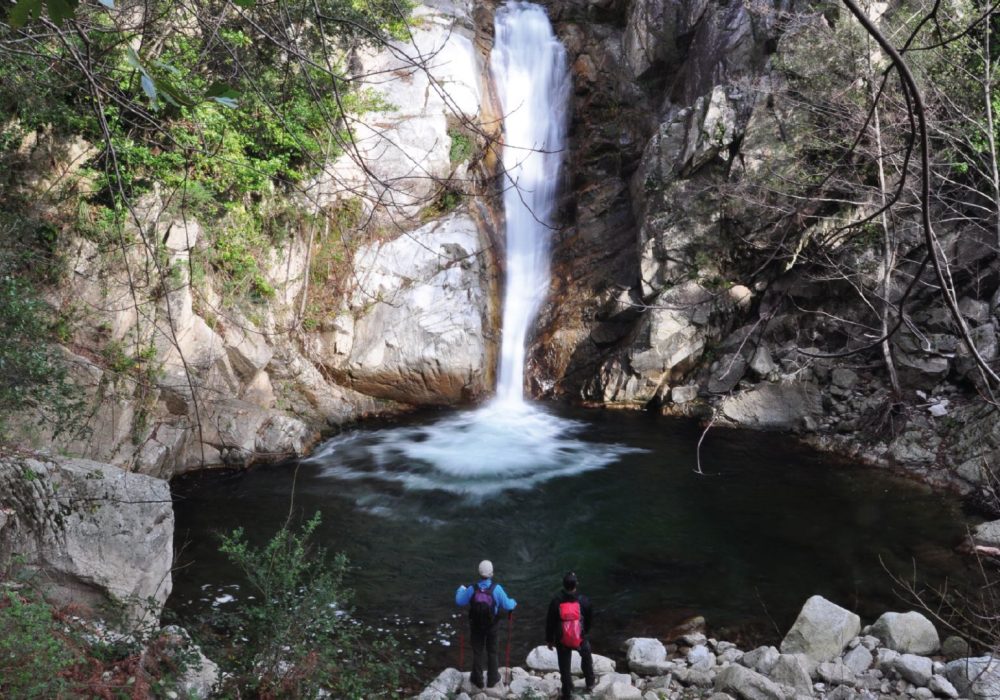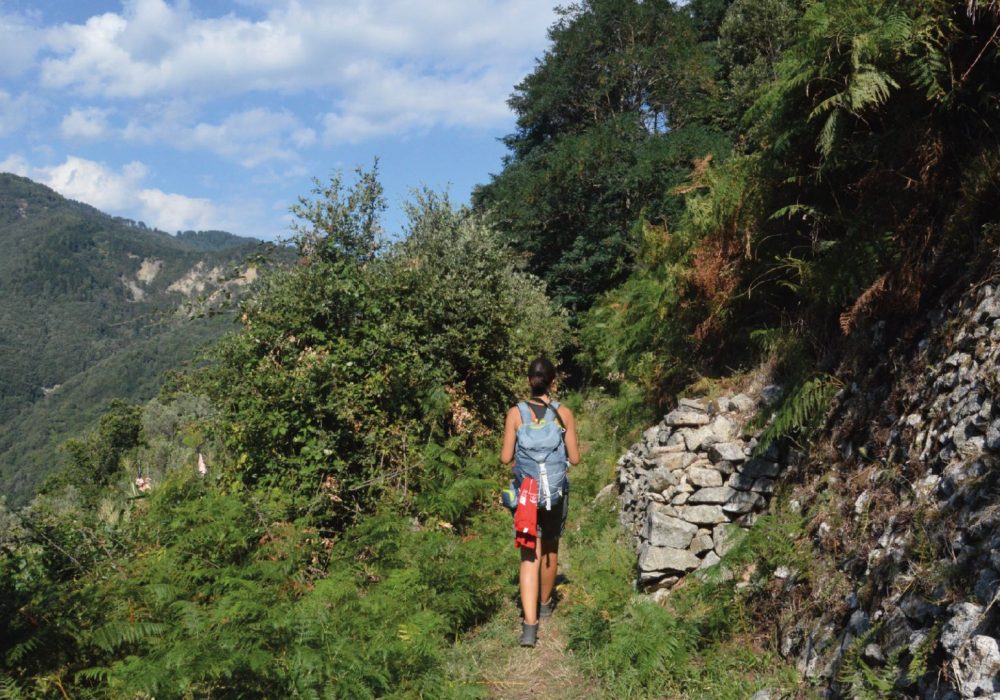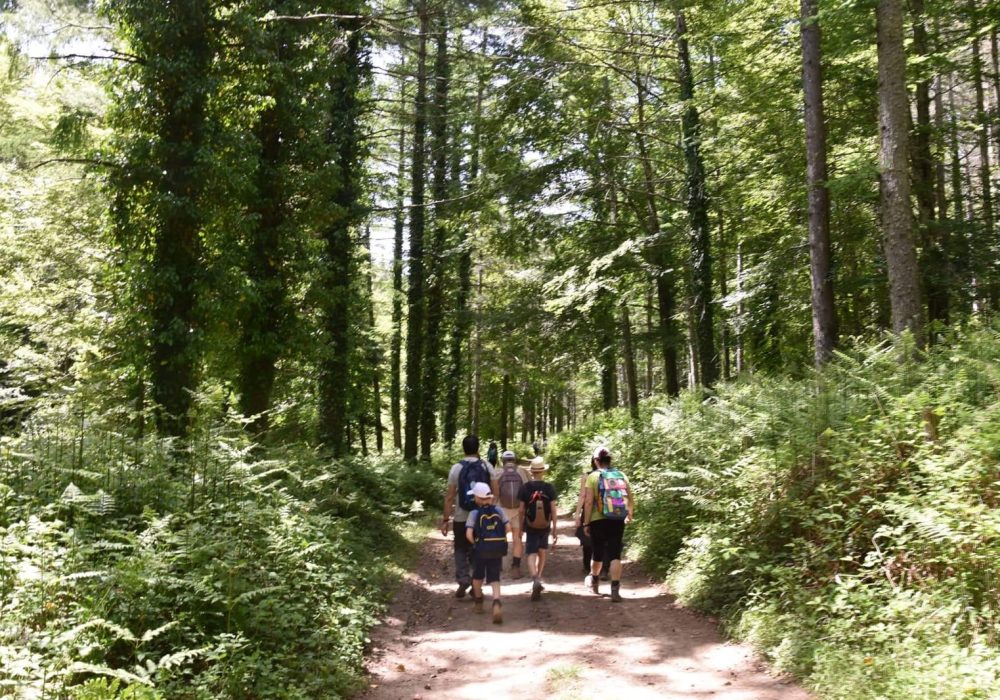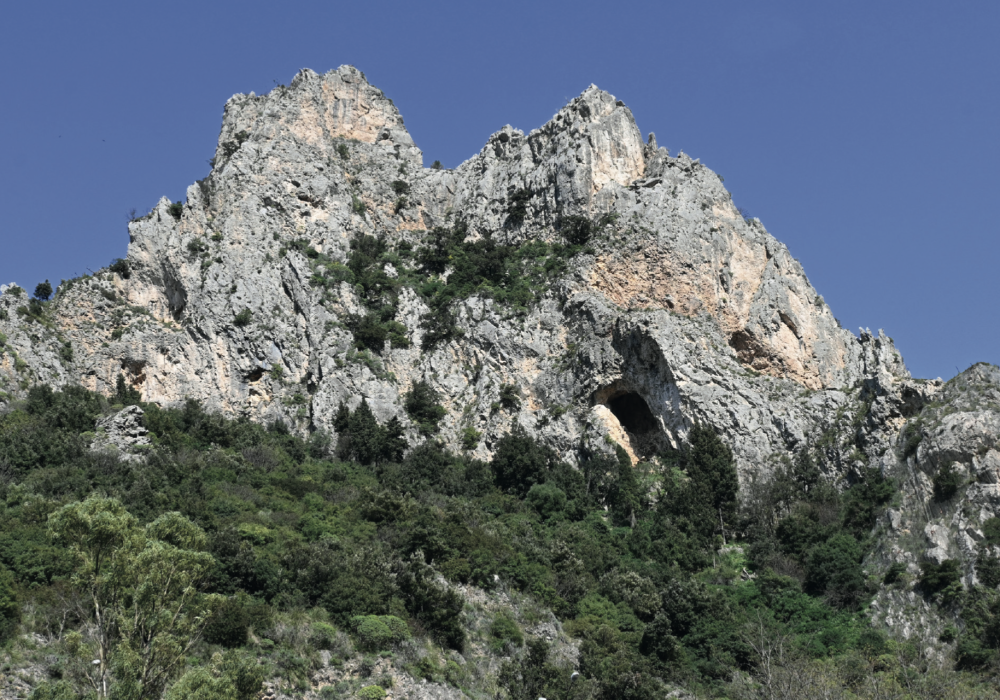Brognaturo
Brognaturo has its urban and spiritual heart in the parish church of Maria Santissima della Consolazione, a parish whose foundation certainly predates 1540 if in the decree appointing the rector of the local convent of the SS. Annunziata, the bishop of the time stipulated that his rights were to be preserved. A double feast is linked to Our Lady of Consolation, on the first Sunday of September and on 5 February in memory of the protection granted to the community during the disastrous earthquake of 1783. The end-of-summer feast constitutes the founding moment of the relationship of devotion and entrustment of the people of Brognathia towards their patron saint, who took over this office from Saint Catherine following the fortuitous discovery, in 1721, of her image by a mason who was cleaning the church of crumbling plaster. Subsequent miracles attributed to the Marian image (in particular, the miracle of a polio patient and the rescue of an emigrant’s daughter in Chicago on 27 August 1937) further strengthened its cult, which finds in the church’s representation of the “vedute” (the “views”), repeated for several days during the novena of the September feast, a popular religious event that summarises a centuries-old popular piety. Considered by the Brognaturo community as the story in images of its devotion, the ‘vedute’ are a scenographic ‘machine’ by means of which this sort of collective ‘autobiography’ unfolds with a series of sequences of ‘graces received’ culminating in the apotheosis of the statue of the Madonna of Consolation, slowly raised to the sky in a blaze of angelic figures. Characteristic of this festive period is the ritual, certainly an echo of ancient agrarian festivals, of the so-called focari, the bonfires that are set alight, on the Thursday night preceding the start of the novena, along the streets of the town and which become centres for the consumption of food. The sound of drums accompanies the focari until dawn, when a song dedicated to Our Lady of Consolation is sung before going to morning mass on Friday, the first day of the novena. Leaving aside religious traditions, an important 16th-century marble group of the Annunciation, originally destined for the church of the convent of the same name, is worth noting in the parish church. It is the work of Giovan Battista Mazzolo (or Mazzola) from Carrara, active in Sicily and Calabria in the first half of the 16th century, for whom it has been hypothesised that he trained in Antonello Gagini’s workshop in Messina. In the same church, there is a wooden sculpture of St Joseph with Child and the Immaculate Conception (1873) by Michele Amato from Seria. Also from the convent of the Annunziata, of which a few ruins, recently partly recovered, remain, is a statue of the archangel Gabriel. A visit to Brognaturo, however, does not end in the parish church, but can be usefully completed with a visit to the Tiani palace (a family of which traces also remain in a poem by Bruno Pelaggi from Serbia), with its interesting entrance through a rusticated granite archway leading into the inner courtyard. Pipe craftsmanship, which had its greatest exponent in Domenico Grenci, is another feather in the cap of this community.
